


 Each month, the team from electionforecast.co.uk compare new constituency polls as they are released to their constituency “nowcasts” from the previous day. This allows for an assessment of the accuracy of their modelling approach. By treating a new constituency poll as a pseudo-election result for that constituency on that day, they can see whether their forecasts would have been close to getting the result right had the election been real. A more in-depth introduction to the approach can be found here. The results presented in this post use the polls released by Lord Ashcroft in December.
Each month, the team from electionforecast.co.uk compare new constituency polls as they are released to their constituency “nowcasts” from the previous day. This allows for an assessment of the accuracy of their modelling approach. By treating a new constituency poll as a pseudo-election result for that constituency on that day, they can see whether their forecasts would have been close to getting the result right had the election been real. A more in-depth introduction to the approach can be found here. The results presented in this post use the polls released by Lord Ashcroft in December.
As we have said previously, estimating the support in each constituency is essential for accurate election forecasts. Constituency polls allow us to look beyond national level support for the parties, and help with understanding how votes might translate into seats on May 7th.
In addition to providing our model with this important information, they also offer an opportunity to evaluate how the model is performing. As we did for the release of Lord Ashcroft’s November polls, we treat the December polls as pseudo-election results for polled constituencies on the day of release, and see if our forecasts from the previous day would have been close to getting the result right had the election been real.
The plots below show that in December, generally, but not in every case, we are accurately recovering the current state of play in most of the constituencies that Lord Ashcroft has recently polled. Specifically, on December 18th, Lord Ashcroft released 13 new constituency polls which provide estimates of the vote share of each party competing in each constituency. This gives a total of 79 observations of party vote shares. In the figure below, we plot our forecasts from December 17th for these constituencies on the x-axis and the Ashcroft estimates on the y-axis. As the points cluster around the dashed 45-degree line, it is clear that, in general, our forecasts correspond relatively closely to the constituency polls.
However, as both polls and forecasts include uncertainty, in the figures below we break these results out by constituency and plot ellipses capturing the joint margin of error around each point. Whenever these ellipses cross the dashed 45-degree line, we can say that our predicted vote share range for a given party, in a given constituency, coincides with the range implied by Lord Ashcroft’s polls.
Navigating through each constituency shows that, for this month’s constituency polls, our model is generally performing well. We are particularly pleased that our model appears to be recovering the state of play in UKIP vs. Labour seats, where we have less historical information to work from.
There continues to be more uncertainty in some constituency estimates than others. For instance, the uncertainty interval for our estimates in Carmarthen West and South Pembrokeshire are much larger than for other constituencies. This reflects the fact that we have fewer constituency polls informing our model in Wales than in England. This may lead to some surprises on election day, and we hope that further constituency polls will be run in both Wales and Scotland. As we get more polls, the precision of our estimates should increase. Lord Ashcroft has indicated that polling north of the border will increase in the New Year – something we are looking forward to with interest!
Overall, we are pleased at how well our model seems to be performing in these pseudo-elections, and these results give us additional confidence looking forward to the election. Incorporating these new polls into our model should help us produce better forecasts for constituencies of this type in the future. We will continue to make these comparisons each time a new set of constituency polls are released, so stay tuned here and to electionforecast.co.uk in the coming months.
 Jack Blumenau is a PhD candidate in Government at the London School of Economics.
Jack Blumenau is a PhD candidate in Government at the London School of Economics.
 Chris Hanretty is a Reader in Politics at the University of East Anglia.
Chris Hanretty is a Reader in Politics at the University of East Anglia.
 Benjamin Lauderdale is an Associate Professor in Methodology at the London School of Economics.
Benjamin Lauderdale is an Associate Professor in Methodology at the London School of Economics.
 Nick Vivyan is a Lecturer in Quantitative Social Research at the Durham University.
Nick Vivyan is a Lecturer in Quantitative Social Research at the Durham University.


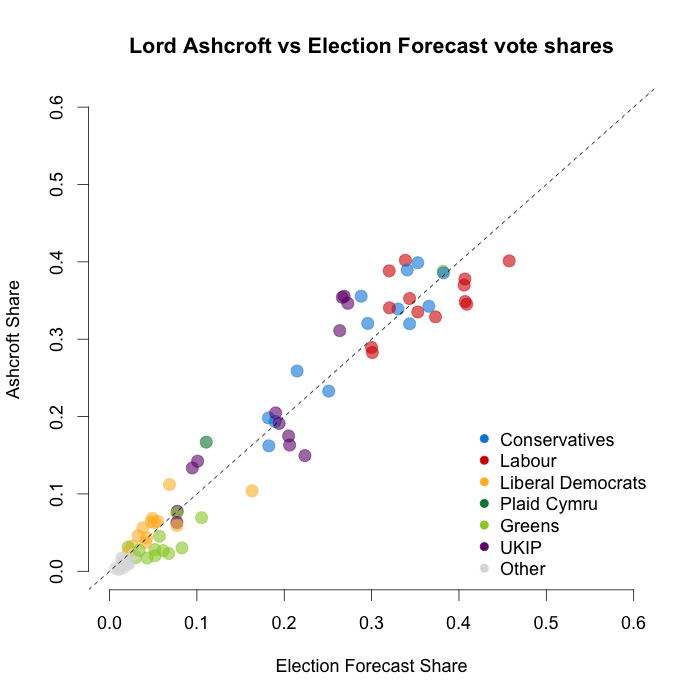
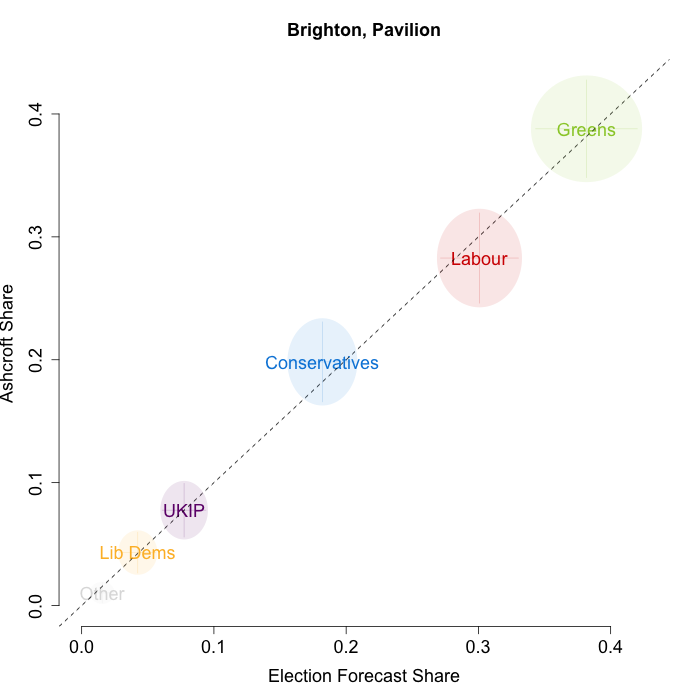
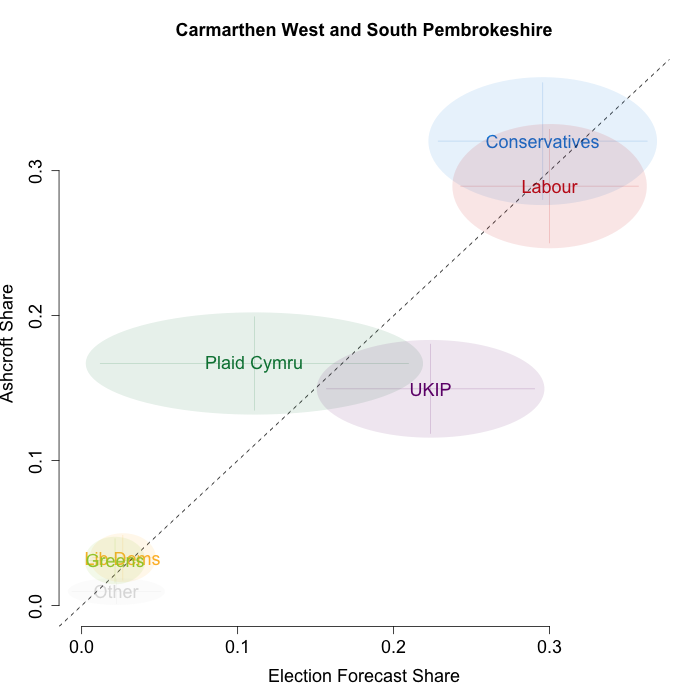
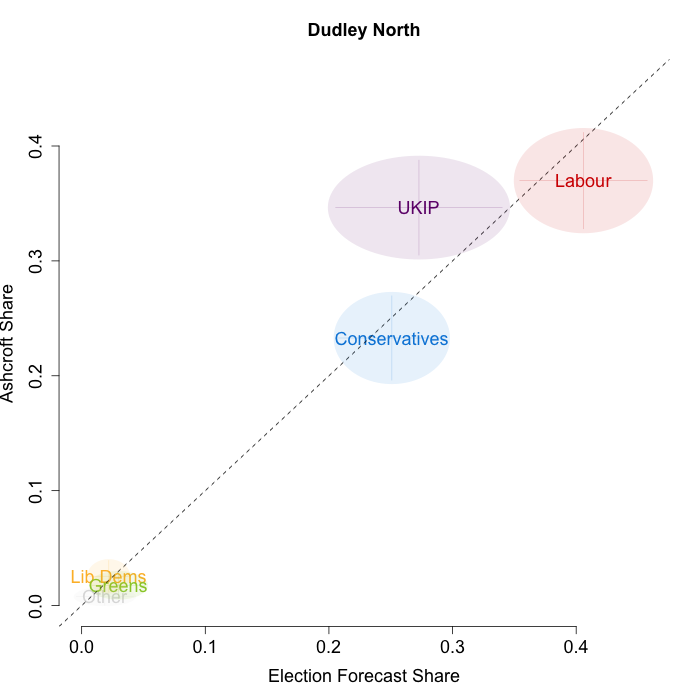
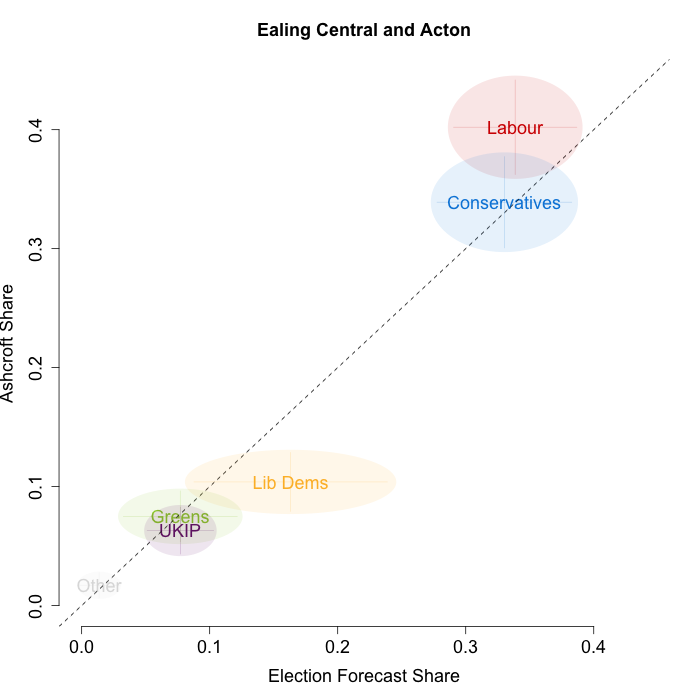

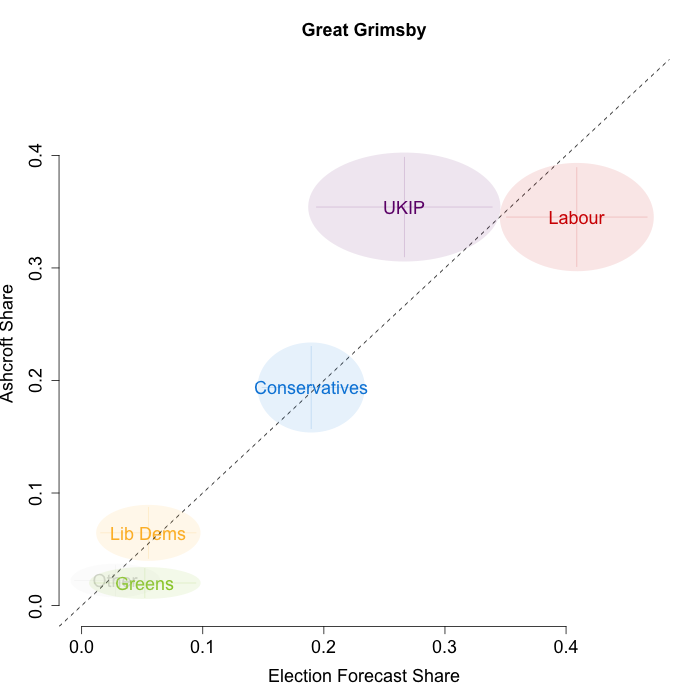
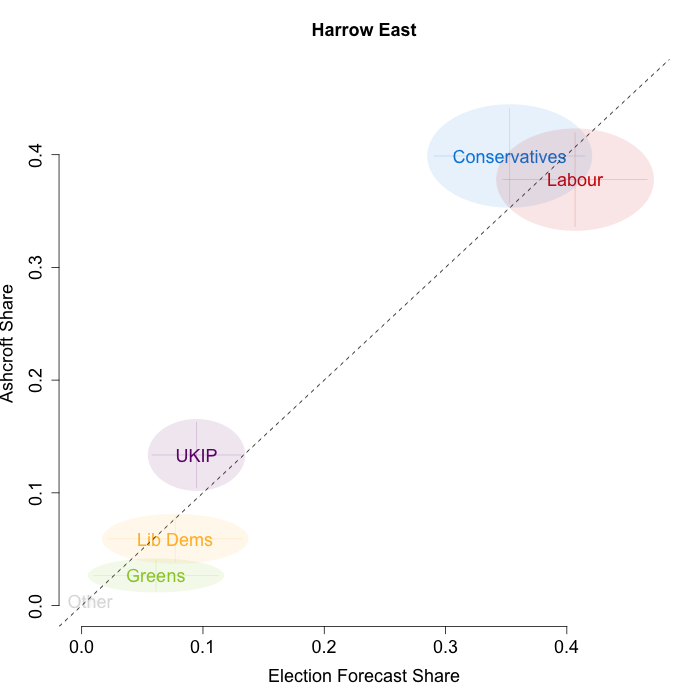
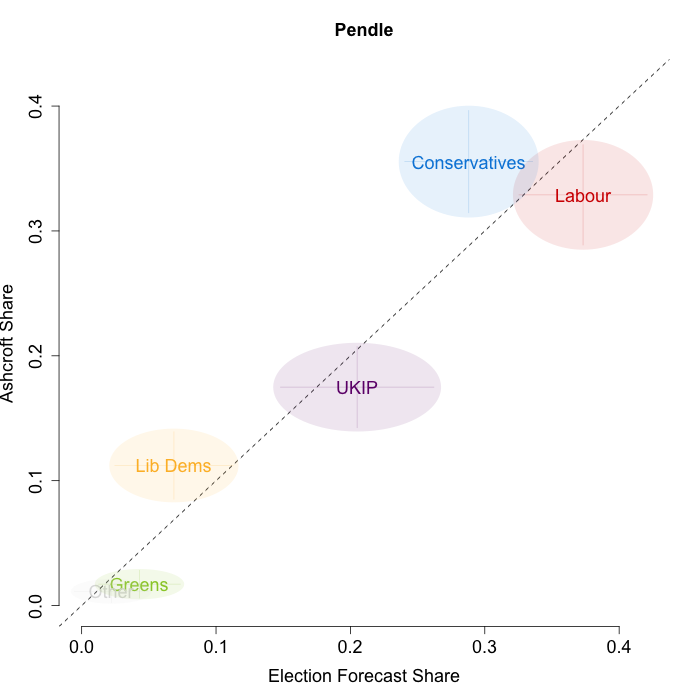
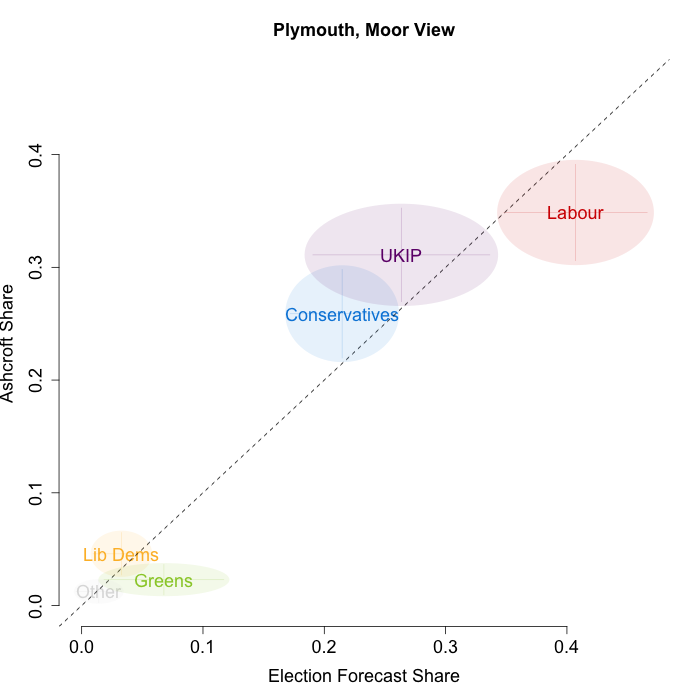
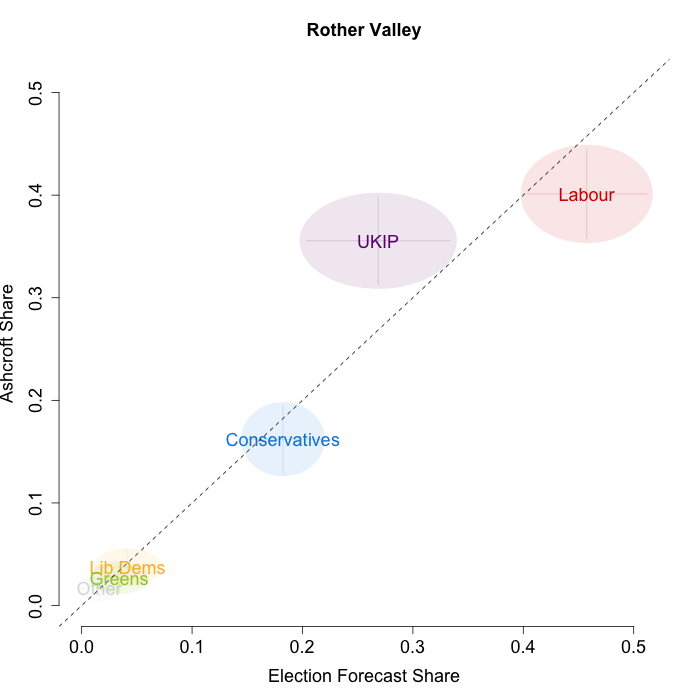
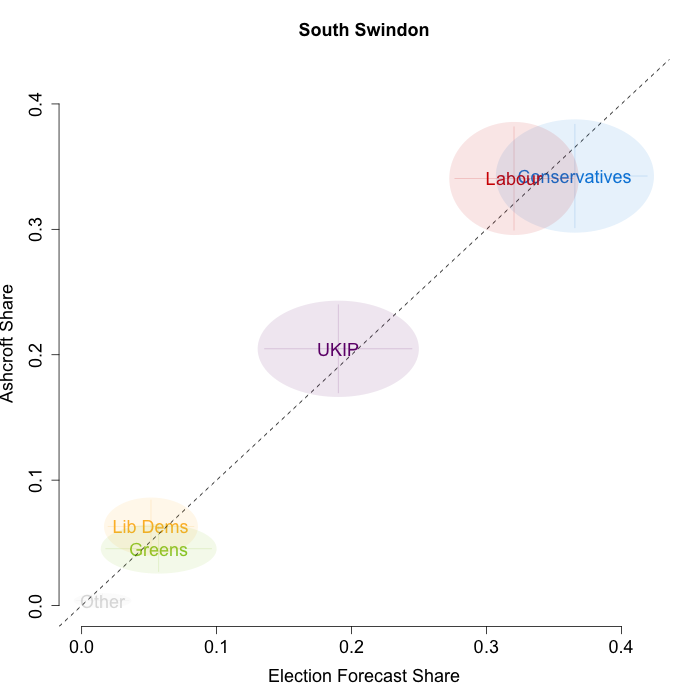
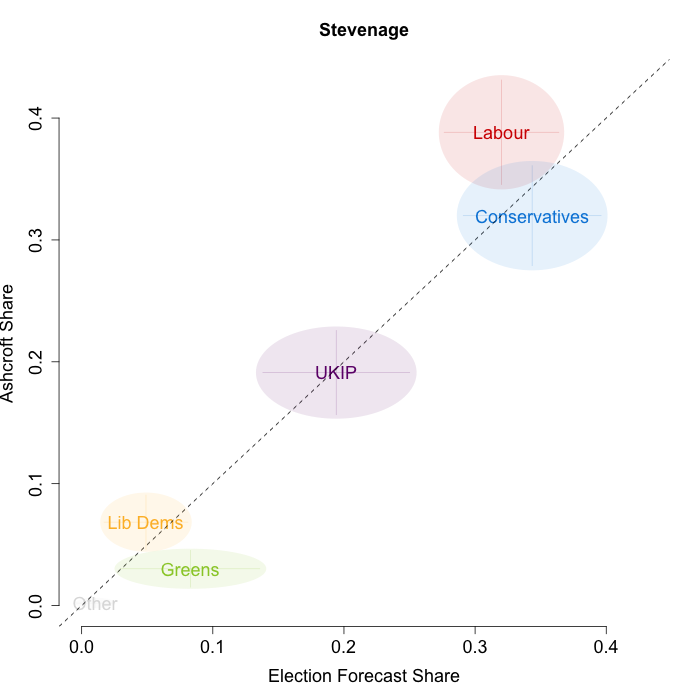
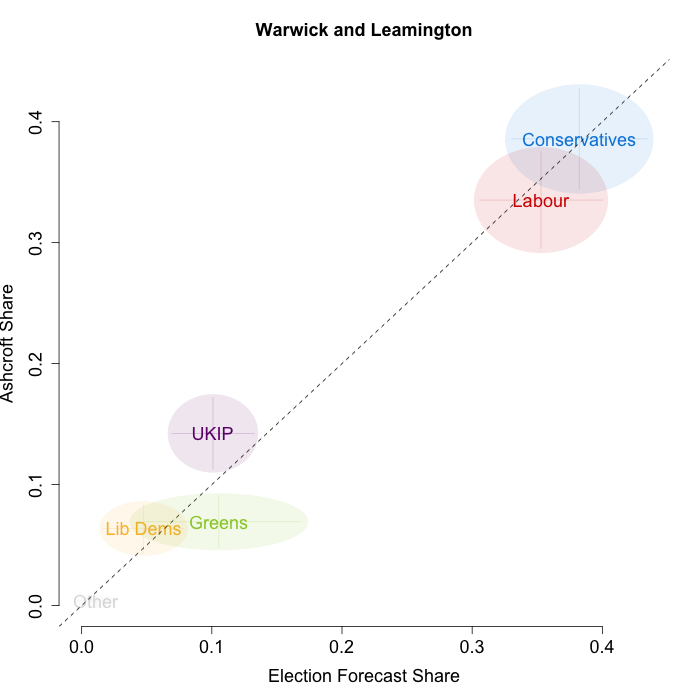





1 Comments